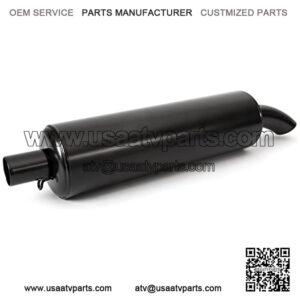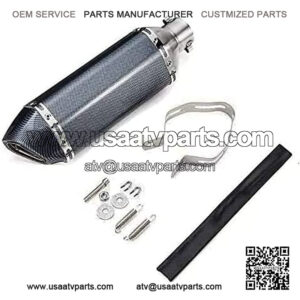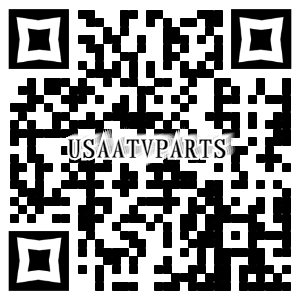There are several different types of exhaust silencers to consider, each offering something different in terms of its construction, fitment and performance:
One-piece silencers
Welded construction and will clamp or weld in place. The internal pipework is permanently fixed in place, once the packing has deteriorated it will need replacing. Generally lighter and stronger than repackable silencers. Straight through / absorption type. Jetex and Custom Chrome both offer a good selection.
Repackable silencers
As the name suggest can be taken apart to repack the sound deadening material. This allows the flow and noise reduction to be optimised. Straight through / absorption type and as above will clamp or weld in place. Custom Chrome offer repackable silencers
Diffuser silencers
These reduce noise by covering the end of the tailpipe with a series of discs that allow the gases to exit radially. The number of discs can be varied to fine tune the flow and noise reduction. The full number of discs will equal or exceed the surface area of the pipe exit and will give the most flow but the least noise reduction. Removing the discs will reduce the exit surface area so give less flow but more noise reduction. (A good analogy is to think of a cone facing the exhaust exit holding it further away will allow the flow of gases and makes little or no difference to the noise, while bringing it much closer will reduce the flow of gases and noise.)
This allows the exhaust to be altered to match noise levels and being very compact / short is very useful on rear or mid-engine cars. The diffuser silencers are sold as disc only types or combined with a straight through / absorption silencer for extra silencing. These can be weld on or clamp on type. The weld on type can be used be welded to appropriate connectors to allow clamping if required. Supertrapp offer both types.
Temporary baffles / inserts
An exhaust that is close to the noise limit can be reduced by fitting inserts in the tailpipe provided it is straight for enough length for the insert to fit inside / outside. Jetex and Decibel Slayer are the two brands available.
Some useful tips
Angling the tailpipe towards the ground can deflect and absorb some of the sound energy
Check the system is not too solidly or to loosely mounted, the exhaust will last longer, and unwanted resonating will be reduced or eliminated. Flexible couplings can help allow movement.
If the noise level is very high in the cockpit heat / sound insulation used under the car will reduce driver fatigue and reduce the chance of hearing damage.
Tapping or shaking the silencer will often reveal loose or damaged internals
Joints should have a good seal and be tight, loose joints will allow air and cause popping and banging adding to the noise level. Partially blocking the tailpipe at tick over can quickly reveal any leaks.
Short exhausts on rear engine cars where there is little room for silencers can be quietened by adding bends to reduce the sound energy and increase the length (a popular fitment is to take the box across the rear of the car) Diffuser silencers are particularly useful in these applications.
About muffler silencer
“muffler silencer for car”
“muffler silencer for generator”
“muffler silencer insert”
“muffler silencer motorcycle”
“muffler silencer for truck”
“dirt bike muffler silencer”
“universal exhaust silencer”
“removable exhaust silencer”



